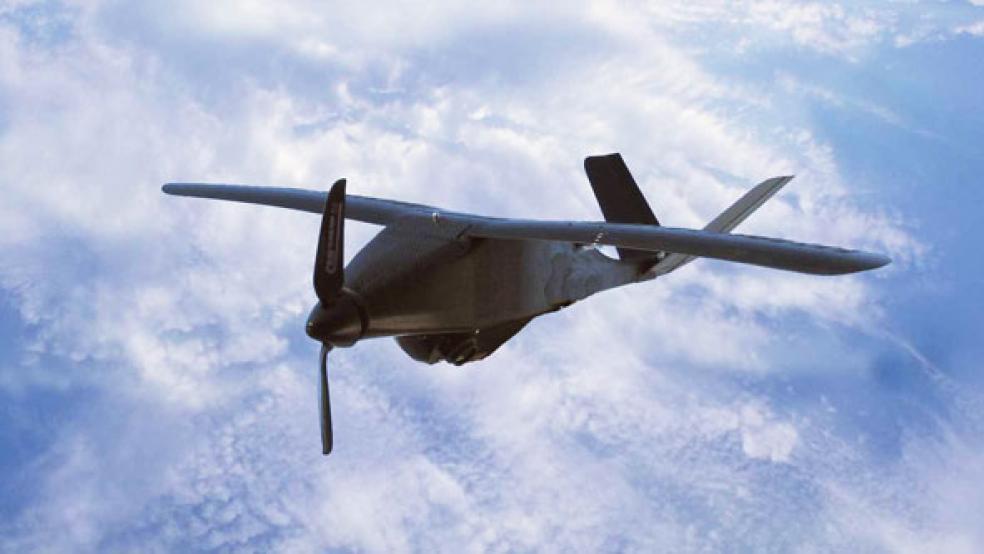Could the same technology that’s currently used by the U.S. military to hunt down terrorists across the globe also be the solution to fixing America’s crumbling infrastructure?
That’s what several groups of researchers from the Midwest are advocating.
They say drones – or unmanned aircraft systems (UAS), as the industry calls them – could be a faster, cheaper and safer way to inspect thousands of bridges, tunnels, wind turbines and oil pipelines across the country.
A Michigan-based company, SkySpecs, has already partnered with a wind energy company in Texas to start testing drone inspections on thousands of turbines across the Lone Star State.
“We want to remove these guys who are dangling from ropes to inspect the turbines and put UASs in the skies instead,” Danny Ellis, president of SkySpecs, said.
Currently, wind turbine inspectors have to climb to the top of a 200-foot structure and examine the giant blades one at a time. But a drone, he said, can get very close to the structure without virtually any safety risks.
Inspecting a wind turbine costs about $1,500 per tower – but by using a drone, the cost dips to just $100, according to Ellis’s rough estimate (he cautions that costs are still being worked out).
Related: What’s Grounding the Commercial Drone Industry?
Though SkySpecs is focused on the wind turbine market, Ellis says he hopes his business will eventually include tunnel, bridge and sewer inspections.
The cost of inspecting bridges with drones would also be reduced from $10,000 for a few weeks of work to about $1,000 over two to three days.
Zach Lamppa, president of Wisconsin-based Talent Inspection Group, is also pushing to use drones to examine nearly 18,000 miles of oil pipeline in North Dakota. Right now, inspectors fly small planes along thousands of acres of pipeline searching for leaks and other potential problems, but Lamppa told The Dickinson Press that drones provide a cheaper, safer and more accurate option.
They’re not alone. Other engineers and tech experts across the country are also trying to put drones to work inspecting infrastructure.
Related: 12 Weird Uses for Drones
Via Science, a Boston-based company, is building software that drones could use to monitor sensitive infrastructure situations dangerous for human pilots.
“The United States regulates 100 percent of all power lines each year, but only 20 percent get inspected because there is not enough bandwidth and ability to do it right now,” Colin Gounden, the company’s president, told Fast Company. “We wanted to see if drones could do video surveillance for that, which is very possible.”
Drones are already being used for other non-military related tasks, though operators are required to be licensed by the Federal Aviation Association since the airspace is not yet open for commercial drone use.
So far, the FAA has issued just a handful of permits to fly UAVs, primarily to government agencies policing the borders.
Most people and companies won’t be able to legally fly drones in the United States until the FAA passes commercial drone regulations and opens up the airspace, which the agency is required by Congress to do by 2015.
Experts and industry insiders, however, aren’t counting on that to happen for some time.
A new report released Tuesday by the Department of Transportation’s Inspector General found that due to “unresolved technological, regulatory and privacy issues,” the FAA will miss the September 2015 deadline mandated by Congress for integrating commercial drones into the U.S. airspace.
Top Reads from the Fiscal Times:





